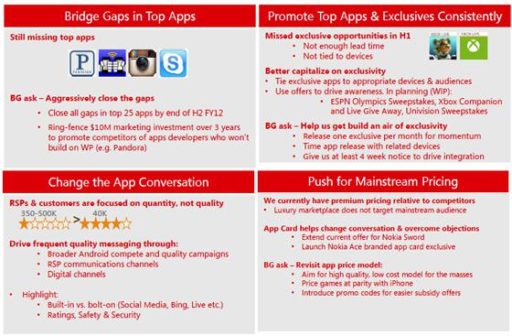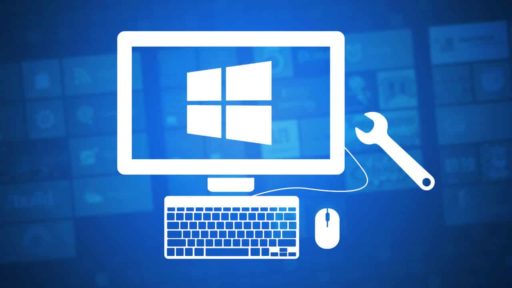With the emergence of Windows Phone as the continuity of Microsoft‘s OS into the mobile space, questions have arisen about the desktop Windows versions. A Microsoft executive have now made clear that although the company has three distinct Windows platforms right now, this won’t be the same in the coming days.
The three key Windows platforms right now are the regular Windows, Windows RT and Windows Phone. Each appears critically important in its own way. Windows itself is absolutely essential for desktop machines, being the most popular platform on regular PCs. Windows RT is the lifeline of ARM machines that are becoming increasingly popular, although Windows RT itself hasn’t gained much traction.
Finally, Windows Phone appears the most important one since it fuels Microsoft’s share in the market of mobile devices. According to Microsoft executive, Julie Larson-Green, “We have the Windows Phone OS. We have Windows RT and we have full Windows. We are not going to have three.”
But that doesn’t necessarily mean that Microsoft is going to abandon one or more of the platforms. Rather, the company has been bringing together its mobile and PC operating systems, trying to bridge the gaps and unify them somehow. While Windows Phone and other flavors of Windows are still not exactly the same, they are on their way there.
This is manifest in Terry Myerson’s words, who is in charge of all Windows platforms. According to Myerson, “We really should have one silicon interface for all of our devices. We should have one set of developer APIs on all of our devices. And all of the apps we bring to end users should be available on all of our devices… We want to facilitate the creation of a common, familiar experience across all of those devices, but fundamentally tailored and unique for each device.”
There are some who have speculated that Microsoft will give up on Windows RT. But such analysts ignore the fact that ARM machines are critically important for the company and for that, Microsoft will continue working on Windows RT.
Ultimately, the company may be able to bring two or all three of its different Windows platform into a single, unified experience which will be similar across all devices or machines. Or at least, that certainly is the dream Microsoft hopes to achieve one day. It is ambitious, yes, but with Microsoft’s resources and experience in the tech industry, it can accomplish it.
Courtesy: PC World
[ttjad keyword=”windows-tablet”]





pffft, not that ambitious, but are they willing?
to unify their windows platforms means that each has to be able to run normal windows software, which is the only real draw to windows, as on all other accounts, windows is slow, cumbersome, buggy and convoluted, and the file system keeps getting worse with every poorly conceived abstraction Microsoft adds.
Its expensive and its file system does not work actively to keep your data intact like the Linux file system does.
People seem to forget that Windows RT was already able to run normal windows applications. The feature only got pulled at Intel’s behest, as they did not want to suddenly be forced into competition with a horde of ARM chip manufacturers.
Now that Intel has Bay Trail and follow-on roadmap, they won’t care as much at some point. That’s when Microcruft can just add the feature back into Windows RT, get Windphone up to snuff and voila.
Of course they won’t do this without creating huge annoyances and dead ends for their customers and partners, and we’ll see what’s left of the Monopoly when they’re finally done with their conniving and self serving ways.
My hopes are with Linux, which has a much more linear, reliable and careful evolution. None of Microsoft’s stopping and starting, swerving and spinning out.